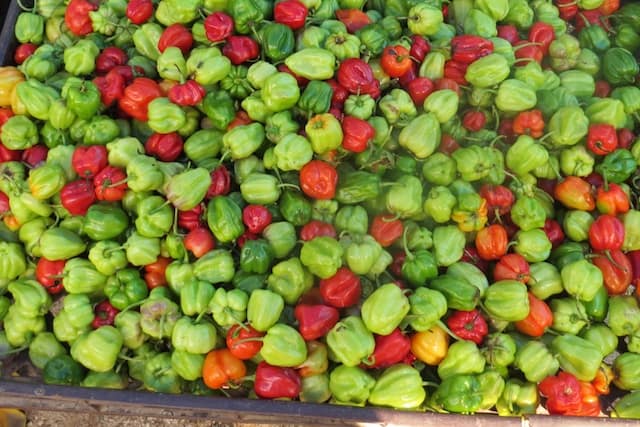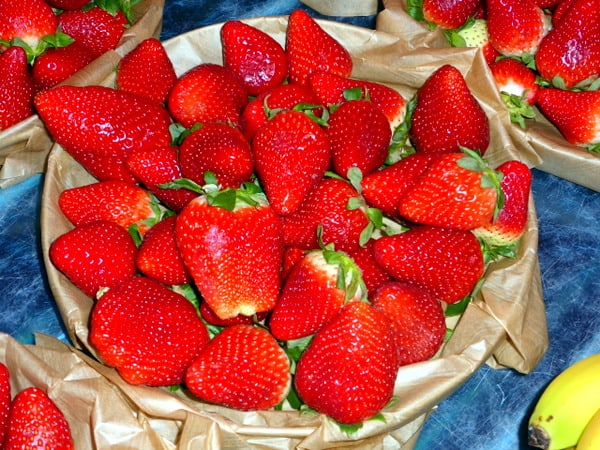The Trump Cheese Tariff: 7 Things Food Lovers Need to Know

The so-called “cheese tariff” is scheduled to take effect on October 18, 2019, the latest in a series of controversial protectionist tariffs proposed by the Trump Administration to settle trade imbalances between the U.S. and other countries.

This new ruling, approved by the World Trade Organization will hit culinary travelers (even armchair ones) hard: It imposes a whopping 25% tariff on a large number of European Union products that are favorites with American food and wine lovers.
After returning from Europe, we often find solace in savoring at home products we “discovered” while traveling, ones that offer a unique taste and sense of place. For example, our trips to Emilia Romagna taught us the difference between POD Parmigiano-Reggiano cheese and the faux-Parmesan that dominates most supermarket shelves. The taste is not the same. On salads, we opt for the high-quality Aceto Balsamico di Modena (IGP[1]) or the DOP[2] Tradizionale.

Our repertoire of cheese favorites grew exponentially on canal barge cruises through the French countryside with European Waterways, where each lunch and dinner included in-vivo cheese education. We were introduced to AOC[3] Comté and Langres cheeses. (Comté, one of the most popular cheeses in France, was among the first to receive the AOC designation.)

Just as Champagne can ONLY be a product of the Champagne region of France, these and other protected foods have received these legal designations that assure consumers of their consistent quality, place of origin, harvesting and /or production according to traditional methods.

If you are a food and wine lover, here are some things you should know about the cheese tariff:
1) Does the new “cheese tariff” only affect cheese?
Although it’s nicknamed the “cheese tariff,” the new tariff extends beyond cheese to a wide variety of food and beverages, including whiskey, wines, liqueurs, olives and olive oil, jellies, and biscuits.
2) Why has it been called a cheese tariff?
Cheeses were dealt a really hard blow. The list of affected cheeses from multiple countries is extensive including, Edam, Gouda, Swiss, Emmental, Pecorino, Gruyere, Blue Vein, Roquefort, Cheddar, Romano, Parmigiano Reggiano, Provolone, Colby, Stilton and others.
3) Will Champagne take a hit?
While Irish and Scotch whiskies and wines from German France, Spain and the UK will be hit by the tariff; carbonated French wines are not affected. Italian wines are also NOT included in the tariffs.
4) Do the proposed tariffs only affect agricultural products?
No, other imports such as lithographs, backhoes, and cashmere sweaters are also affected. See the four-page Federal Register notice outlining the full list.
5) Why is the cheese tariff focused on what appear to be “luxury goods?”
An article in New York Magazine suggests that the strategy behind the choice of tariffs is that they will affect only discretionary purchases. So, if consumers don’t want to pay the to-be-inflated prices for the goods, they can either choose to forgo them or find substitutes. In addition, since the products come from specific geographic regions within Europe, it is hoped that these regions will exert political pressures on the EU to reach some resolution on trade.
6) What was the genesis of this dispute?
Its genesis has nothing to do with the products being taxed, per se. It derives from a dispute with the European Union about European subsidies to the made-in-the-EU Airbus, seen as unfair to the U.S. aerospace industry, particularly Boeing.
7) What else will be affected besides the pockets of food lovers?
Business Insider estimates that $7.5 billion in European goods fall under the new tariff scheme. Not only will dramatic price hikes be passed on to consumers, but there is also great concern that these retaliatory measures will adversely affect entire industries.

For example, in terms of cheese alone, the tariffed products are less likely to appear on the shelves of supermarkets and specialty stores. The decline in sales will cause negative repercussions along the entire supply chain (e.g. producers, importers, packagers, truckers, food purveyors, deli clerks, etc.) One estimate suggests that 20,000 jobs in the cheese industry may be affected. Small European farmers and producers, who depend on U.S. exports, may be forced out of business.
The big hope
The U.S. Trade Representative’s Office has promised continued efforts to negotiate so it is hoped that these punishing tariffs will only be temporary.
“They are a negotiation tool to pressure Europe given their manipulation of fair global competition across a number of sectors,” comments wine expert Jörn Kleinhans, PhD, a principal with The Sommelier Company. “The matter will be resolved at some point—not too far away—and the tariffs will go away,” he adds.
In the meantime, it might not be a bad idea to buy and refrigerate a hunk of your favorite European cheese as soon as possible.
See my article on Forbes:
Culinary Travel: The Big Cheese Tariff
[1] Indicazione Geografica Protetta
[2] Denominazione d’Origine Protetta
[3] Appellation d’Origine Controlee
Save to Pinterest!






